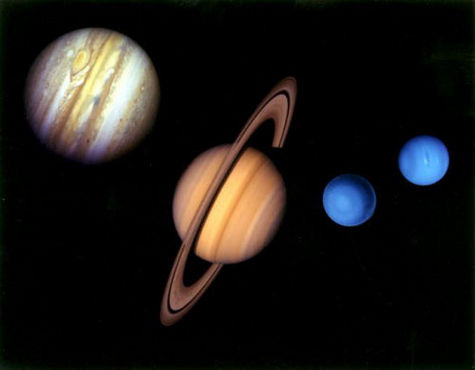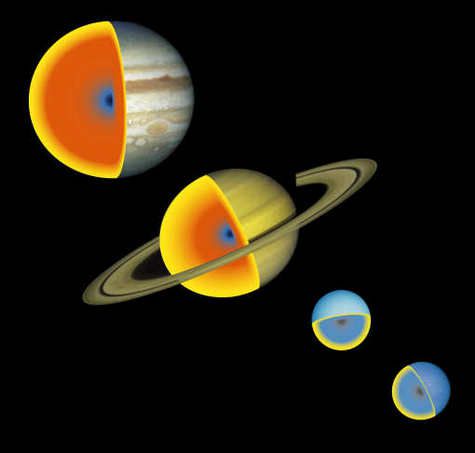-
 Salmonellosis
Salmonellosis
-
 Southern right whale
Southern right whale
-
 Tracheostomy
Tracheostomy
-
 Stolon
Stolon
-
 Plaster
Plaster
-
 RSPB
RSPB
-
 Mating
Mating
-
 Caulinary
Caulinary
-
 Endergonic
Endergonic
-
 M16
M16
-
 PRAM
PRAM
-
 MERIS
MERIS
-
 Heritage species
Heritage species
-
 Mucitis
Mucitis
-
 Minute of arc
Minute of arc
-
 Sabre tooth tiger
Sabre tooth tiger
-
 Peas
Peas
-
 Self-routing switch
Self-routing switch
-
 Euthanasia
Euthanasia
-
 Electrode
Electrode
-
 Wakefield
Wakefield
-
 Urushiol
Urushiol
-
 Chimeric genome
Chimeric genome
-
 Heat pump
Heat pump
-
 CERT
CERT
-
 Hazardous waste
Hazardous waste
-
 Newton
Newton
-
 Compression
Compression
-
 Artificial meadow
Artificial meadow
-
 Transcription
Transcription
Gas giant
Gas giants are massive, low density planets composed essentially of hydrogen and helium with traces of methane, water and ammonia. They were first observed in the solar system, and now about 200 around other stars in the galaxy are known. They are sometimes called Jovian planets after the planet Jupiter.

Comparative sizes of the gas giants in the solar system (Credit: NASA).
In the middle of the 1990s, the big surprise about these exoplanets was that they orbit at only around 10 million kilometres from their star! Unlike those in the solar system of which the temperature is well below zero, the temperature of these exceeds that of Mercury. For this reason they are called hot Jupiters.
It is thought that all these planets contain a small rocky or metallic core enveloped in solid layers, then liquid layers, then hydrogen and helium.
 Inside gas giants The ice and rock are shown in blue and black respectively. In red, yellow molecular hydrogen becomes metallic under the pressure. Possible models deduced from observations by space probes.
(Credit: Tristan Gui
Inside gas giants The ice and rock are shown in blue and black respectively. In red, yellow molecular hydrogen becomes metallic under the pressure. Possible models deduced from observations by space probes.
(Credit: Tristan Gui
Latest
Fill out my online form.



